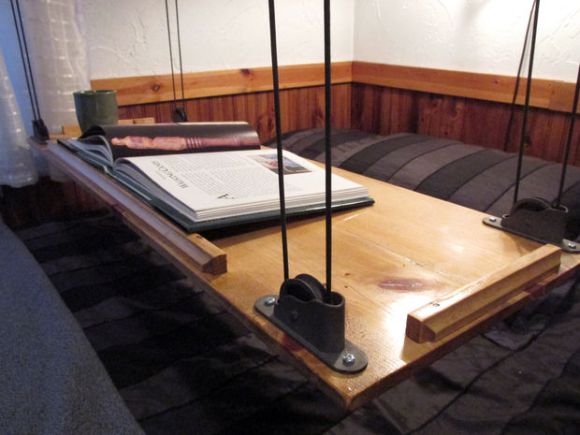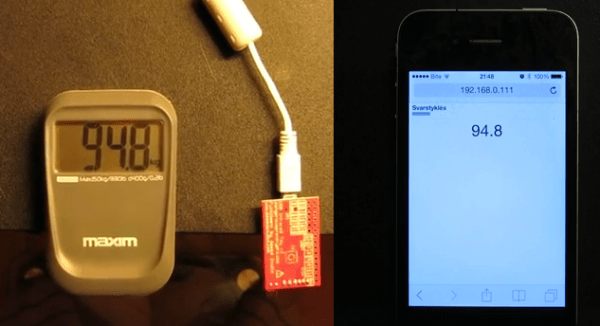
Well, we asked for it, and [TV Miller] delivered this hilarious and surprisingly accurate bowel gauge.
Between our recent Wiping Your Bum with an Arduino feature and how to Measure Poop for a Better Sanitation Service, we guess we should have seen this coming. And you know what? It’s pretty awesome.
He’s using an Arduino Uno with a home-made resistance sensor to “hack our bowels”. After all, how can you have a proper diet without knowing exactly what is coming out of you? Two copper or aluminum strips make up the resistance sensor with a few known resistors, a capacitor and a potentiometer for adjustment. He’s even included an LCD display as well so you can see the volume of your excrement in real-time! Classy.
To see it in action (don’t worry, not that kind of action) stick around for the following video:
















